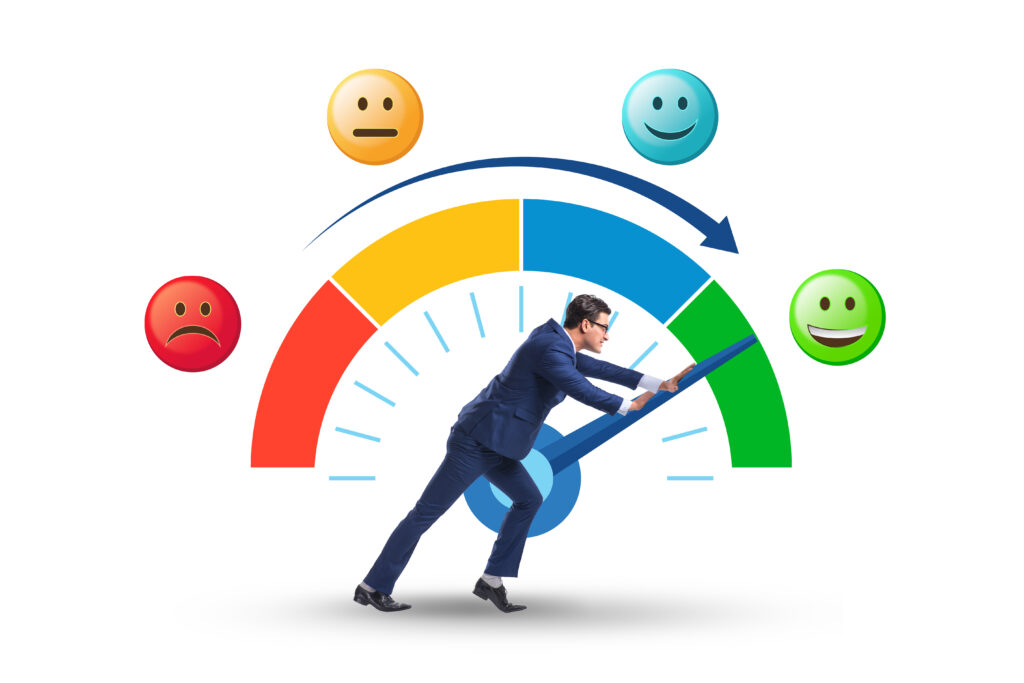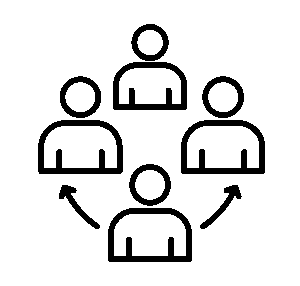

Most companies think they’re doing enough to understand their customers. They run an annual satisfaction survey, maybe buy some anonymous market research report, and call it a day. The problem? That’s not really knowing the mind of your customers. That’s checking a box.
When you only ask for feedback once a year, you’re operating with eleven months of blind spots. Customers change, priorities shift, and experiences fluctuate constantly. By the time your next survey comes around, you’re acting on outdated information and your customers know it. To them, it feels like the survey isn’t about them at all. It feels like an internal formality tied to employee bonuses, not genuine interest that will reveal customer insight.
 Gathering feedback shouldn’t be an annual event. It should be an ongoing structured conversation. Strategic check-ins every three to four months– quick, structured, and consistent are far more valuable than one bloated annual survey.
Gathering feedback shouldn’t be an annual event. It should be an ongoing structured conversation. Strategic check-ins every three to four months– quick, structured, and consistent are far more valuable than one bloated annual survey.
The key is brevity. Two or three carefully chosen questions can yield stronger, clearer insights than ten that dilute the signal. Customers are busy. If you respect their time, they’ll tell you what really matters and you’ll get data you can actually act on.
Not every survey needs to be a Net Promoter Score (NPS) either. NPS is great for tracking overall sentiment, but it was never meant to be a one-size-fits-all tool. Sending NPS surveys after every upgrade, implementation, or customer support interaction is lazy design and really tells your customers how out of touch you are. Use short, targeted surveys that fit the moment and are highly specific to the interaction or customer journey stage you’re evaluating.
 Another silent killer of customer satisfaction and loyalty? Poor internal coordination. It’s shockingly common for different departments to reach out to customers simultaneously: marketing sends a message, sales does a follow-up, product pushes feature/function requests, and support fires off a satisfaction check, all within a couple of days of each other. To the customer, it feels like being ambushed.
Another silent killer of customer satisfaction and loyalty? Poor internal coordination. It’s shockingly common for different departments to reach out to customers simultaneously: marketing sends a message, sales does a follow-up, product pushes feature/function requests, and support fires off a satisfaction check, all within a couple of days of each other. To the customer, it feels like being ambushed.
This lack of coordination doesn’t just frustrate them; it tells them your company’s disorganized and trains them to ignore your messages altogether.
The solution is simple but critical: visibility and control. A unified platform that allows every team to see recent communications, manage timing, automatically coordinate outgoing messages, and sets cool-down periods between customer interactions, will eliminate message overload and make customers feel like you’re organized and considerate. Our Reaction platform, for example, automatically queues and delays outgoing messages if a customer has already received a message in the past few days, preventing overcommunication and protecting your company’s reputation.
 Here’s one of the biggest mistakes companies make: they collect feedback but never return and report.
Here’s one of the biggest mistakes companies make: they collect feedback but never return and report.
Customers spend their time answering your questions, but they rarely (if ever) hear back. They don’t know if their feedback mattered or what you did with it. This silence sends a message, “Your opinion didn’t really matter.”
Closing the loop is powerful. When you reach back out to say, “Here’s what you told us, here’s what others said, and here’s what we’re doing about it,” you do three things:
1) Validate your customers’ time, 2) Build trust and loyalty, and 3) Encourage future participation.
Even better, public “return and report” updates can re-engage previously silent customers. When they see that you’re actually acting on feedback, they’re more likely to jump in next time with their own thoughts, especially if they care about changes being made.
Your customer satisfaction program might be well-intentioned, but if it’s infrequent, uncoordinated, and one-directional, it’s doing more harm than good. To fix it:
1) Ask the right questions at the right frequency, 2) Use the right survey for the right moment, 3) Coordinate internally before reaching out, and 4) Report back to your customers regularly.
When you do those things, you don’t just gather data, you build relationships. And that’s what real customer satisfaction looks like.
To learn more about how to run customer programs that deliver exceptional results, click here to schedule a meeting with us.
Reaction is a growth acceleration platform that companies use to easily manage client relationships, uncover new opportunities, and grow their business. Our platform is specifically designed to run client programs, manage employee feedback, gather critical market insights, increase mindshare, generate new business, and analyze existing data sources.